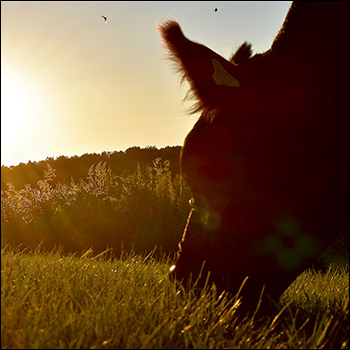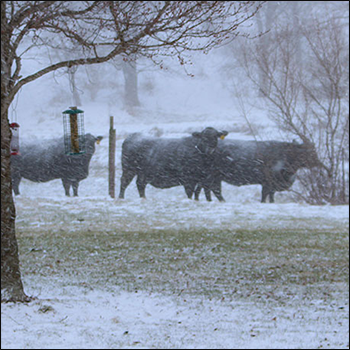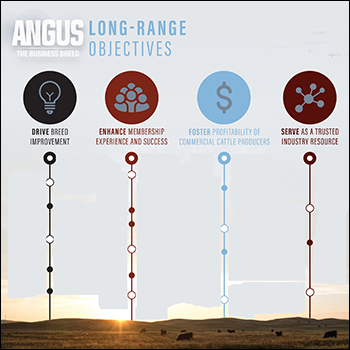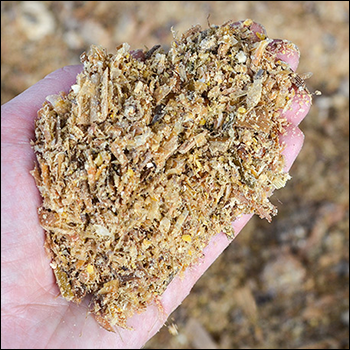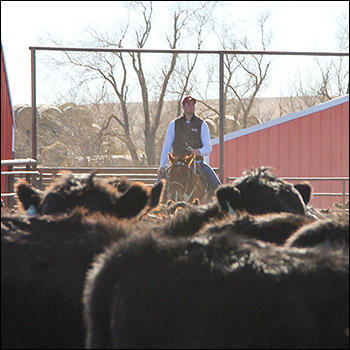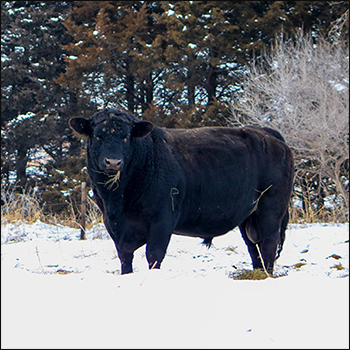Once is Never Enough with Lice
More than one treatment is often needed to fully control lice.
Lice are a common winter problem for cattle. Dave Barz, veterinarian with Northwest Veterinary and Supply, Parkston, S.D., says there are three species of sucking lice that feed on blood and one species of biting/chewing lice that feed on the skin that parasitize cattle.
“When the avermectins first came out, all we had was injectable products, and they don’t kill biting lice. Those years were some of the worst lice infestations I’d ever seen,” says Barz. Even though producers treated cattle, there was no effect on biting lice.
There’s some question regarding how much economic loss or inefficiencies the biting lice actually cause, he says. They don’t make the animal anemic from blood loss or cause weight loss directly, but they do make cattle miserable and itchy. They may rub out so much hair that they suffer more cold stress.
“When avermectin pour-on products came out, they worked very well. Feedlots were using just a quarter dose on the backs of cattle and it was controlling lice. We are our own enemy because underdosing can lead to resistance in lice. Those products have now been on the market for 20 years, so we’ve built up a lot of resistance in populations of lice,” says Barz.
Lice populations also rebound, since they have about a 28-day life cycle. Adult lice lay eggs, the eggs hatch and become nymphs, then mature and become adults about 28 days after hatching from eggs. Using a product that merely kills adults and some of the nymphs won’t prevent more lice coming from eggs that have not yet hatched. None of the products kill eggs. Most of them don’t have a long enough residual effect to kill the lice that hatch later.
“Those pour-on avermectin products were originally marketed as one pour once a year to take care of all your lice problems. But a dozen years ago, the companies realized they couldn’t guarantee that one treatment would last all winter. They said we have to pour the cattle at least twice — with treatments 28 to 30 days apart, to kill any lice that hatched after the first treatment,” says Barz.
For most beef operations, however, cattle are poured when the producer is working them — pregnancy checking, vaccinating, etc. — or getting the cattle in for some reason. It’s not always possible to give a second treatment.
“One of the newer products that does seem to work a little better if you can only pour cattle once contains a pyrethroid (which kills adult lice) plus an insect growth regulator that keeps nymphs and newly hatched lice from maturing,” he says.
It has enough residual effect to thwart the lice that hatch out after the treatment.
“We’ve talked about rotating pour-on products, using different ones different years, but we’re seeing lice resistance to all of them,” he says. “In some feedlots we’ve been using injectable and pour-on products at the same time — a full dose of each — and in those cattle we haven’t seen as much problem with lice recurring. Hopefully we’re getting a better kill, and maybe more residual effect.”
For best control, it’s important to treat all the animals at the same time with the proper dose. Don’t skip any animals. This is why treatments work so well in the feedlot, because the whole pen is processed. There are no animals skipped that would re-infest the treated animals, he explains.
“The important thing is to have a good lice-control program in terms of when to pour them, how best to break the life cycle, and how to get a double pour onto those cattle. Lice are a bigger problem when animals are confined and grouped together for winter feeding, calving, etc.,” says Barz.
Editor’s note: Heather Smith Thomas is a cattlewoman and freelance writer from Salmon, Idaho.

